Introduction
Bavarian cream, a decadent dessert known for its creamy texture and rich flavor, has delighted palates around the world for centuries. But have you ever wondered about the journey of ingredients that go into making this luscious treat? In this article, we’ll take you on a culinary adventure from the farm to your table, exploring the origins of Bavarian cream and the key ingredients that make it so delicious.
1. Exploring the Origins of Bavarian Cream: What is Bavarian Cream?
Bavarian cream, also known as Crème Bavaroise, is a classic dessert with French origins, despite its name suggesting otherwise. This creamy delicacy is made from a base of milk, eggs, sugar, and gelatin, giving it a smooth and silky texture.
Why is it called Bavarian Cream?
Despite its French roots, Bavarian cream is named after the Bavaria region of Germany. The term “Bavarian” adds a touch of sophistication and tradition to this delectable dessert.
2. The Journey Begins: From Farm to Kitchen: The Role of Dairy Farms:
Dairy farms play a crucial role in providing the main ingredient for Bavarian cream – milk. Fresh, high-quality milk is essential for creating the creamy base of this dessert.
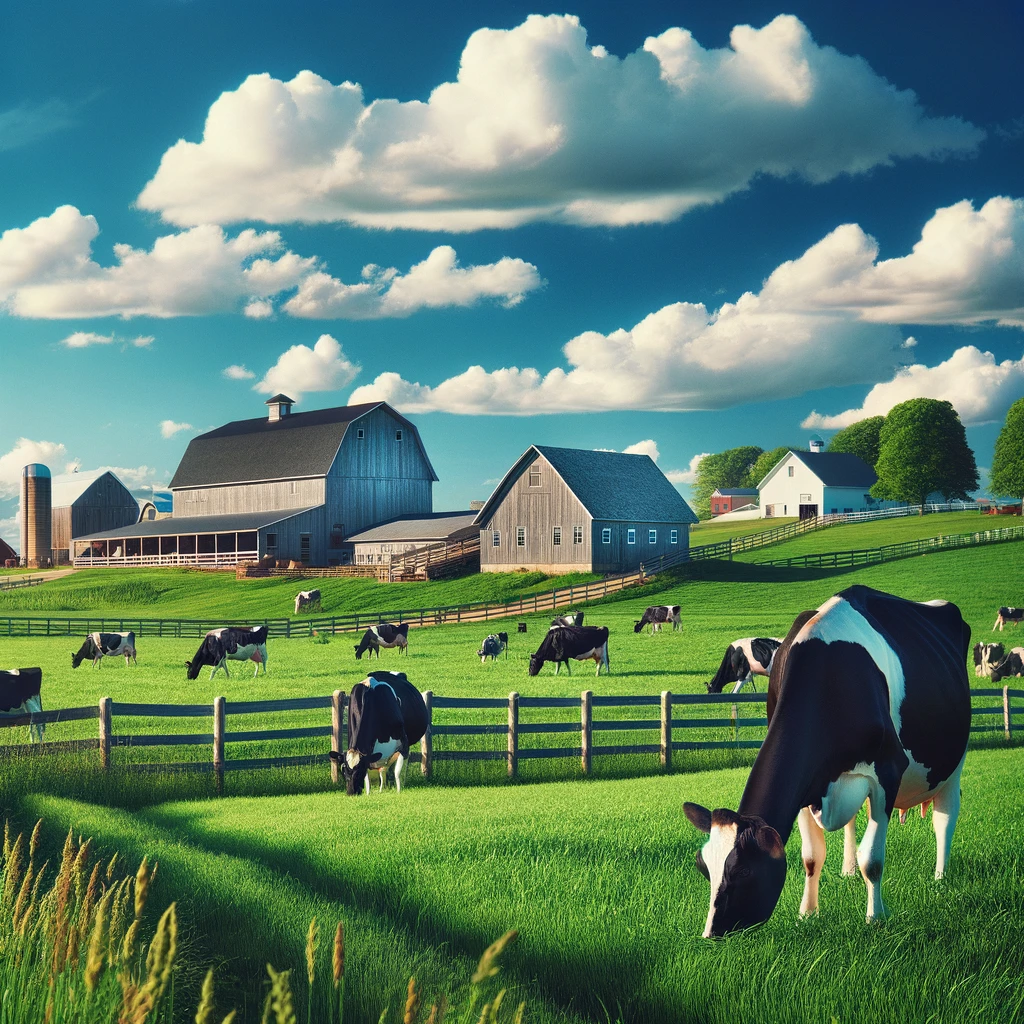
The Importance of Fresh Eggs: Eggs are another vital ingredient in Bavarian cream, providing richness and structure to the dessert. Farms that prioritize animal welfare and sustainable practices ensure the availability of fresh, high-grade eggs.

3. Harvesting the Sweetness: Sugar and Flavorings: Sourcing the Finest Sugar:
Sugar adds sweetness to Bavarian cream, balancing out the richness of the dairy and eggs. High-quality sugar from reputable sources enhances the flavor profile of the dessert.
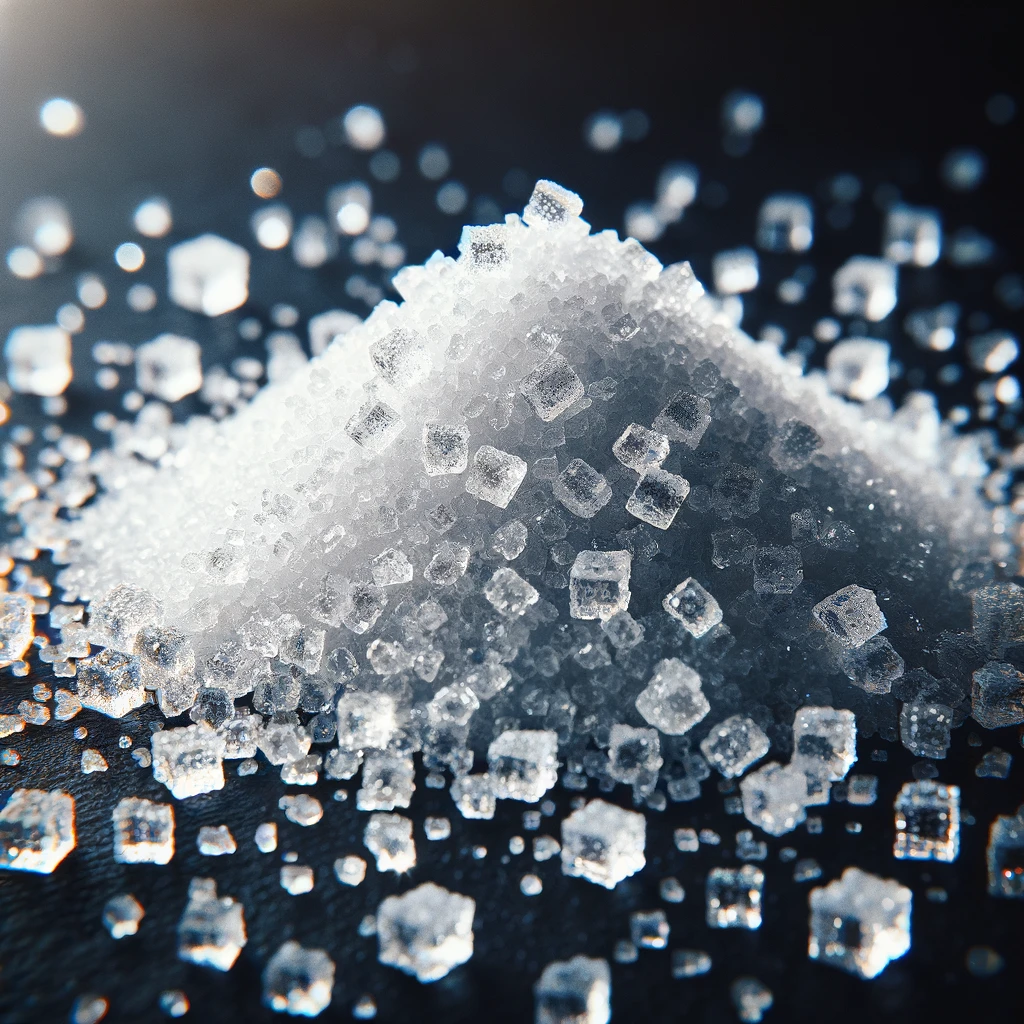
Infusing Flavor with Vanilla: Vanilla extract or vanilla beans are commonly used to flavor Bavarian cream, adding a subtle yet distinctive aroma. Pure vanilla extract sourced from premium vanilla beans enhances the overall taste experience.
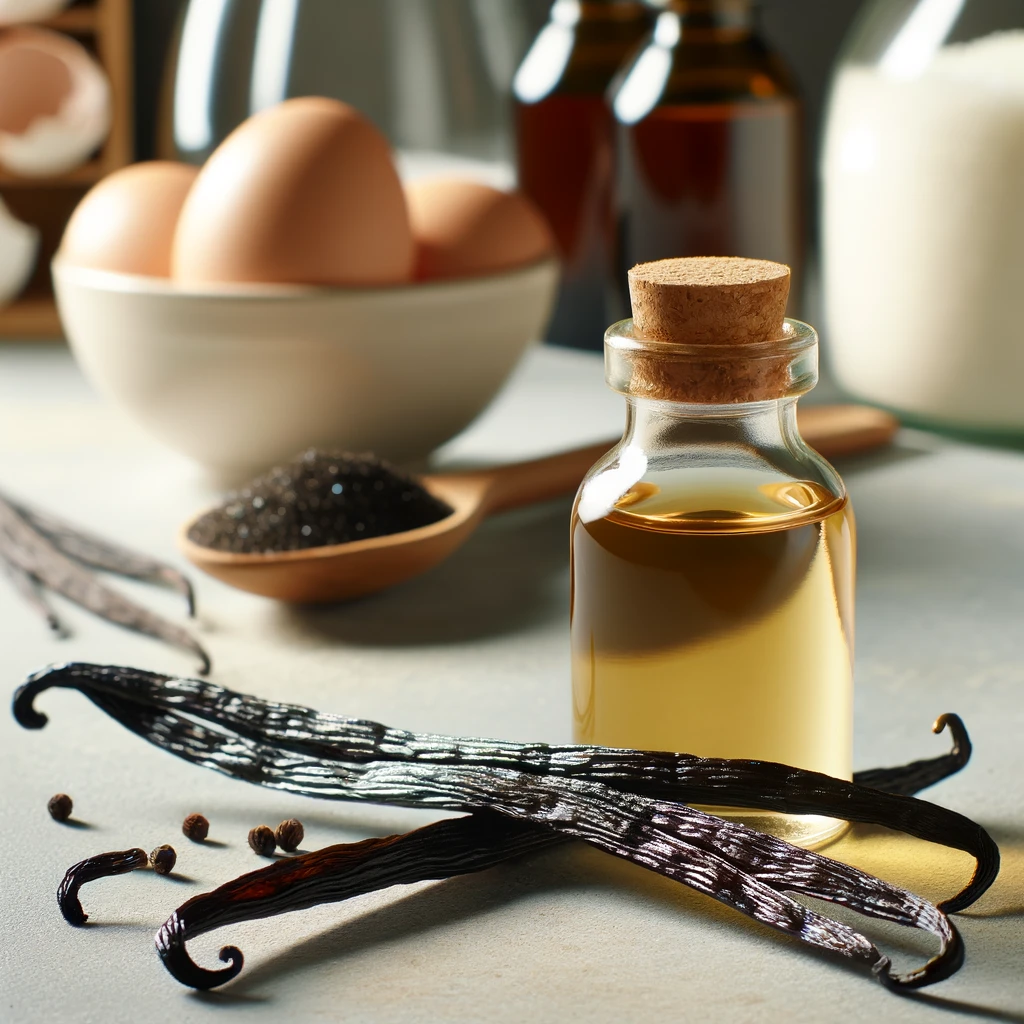
4. Gelatin: The Secret Ingredient for Texture: Understanding Gelatin:
Gelatin is a key component of Bavarian cream, providing stability and a smooth, creamy texture. Derived from collagen obtained from animal bones and connective tissues, gelatin is essential for setting the dessert.
Tempering the eggs and milk mixture is a crucial step in making Bavarian cream, ensuring that the eggs are gently cooked without curdling. Careful temperature control and constant stirring are essential for achieving the desired consistency.
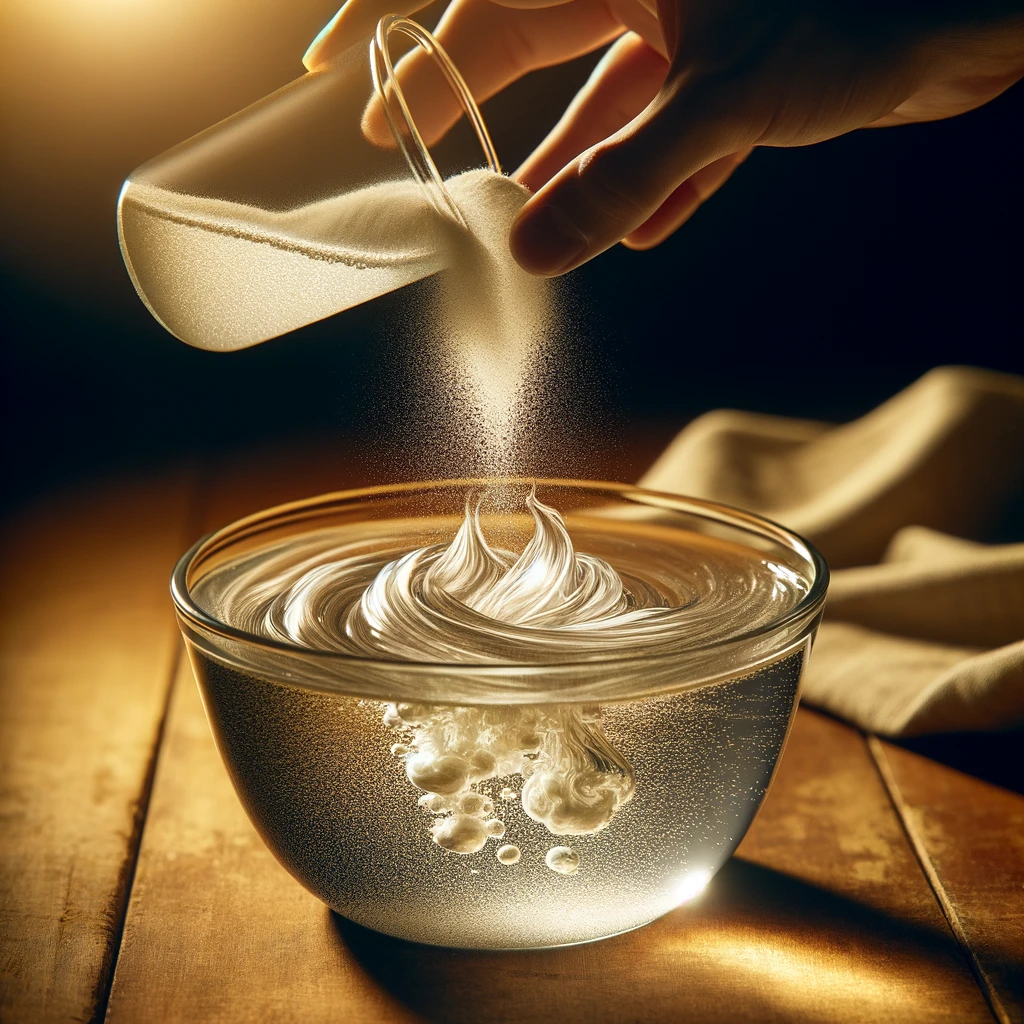
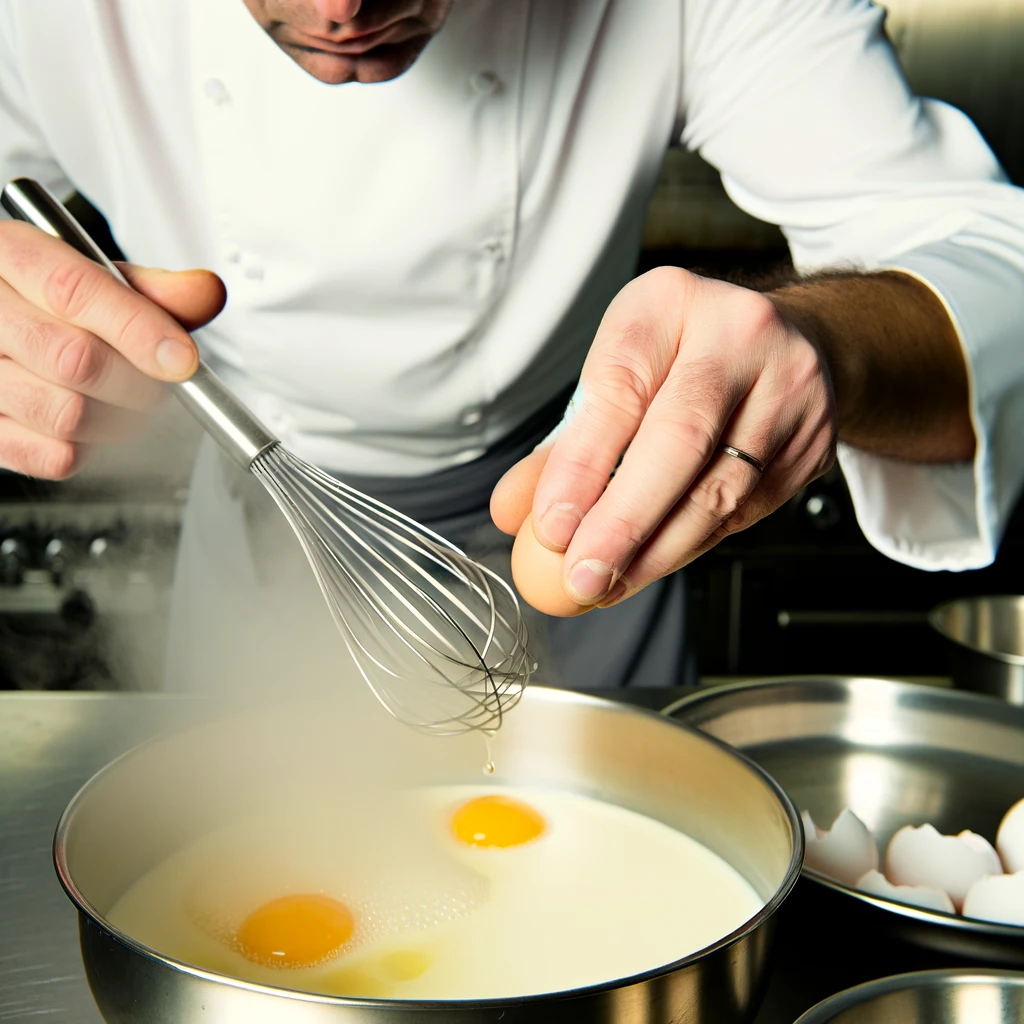
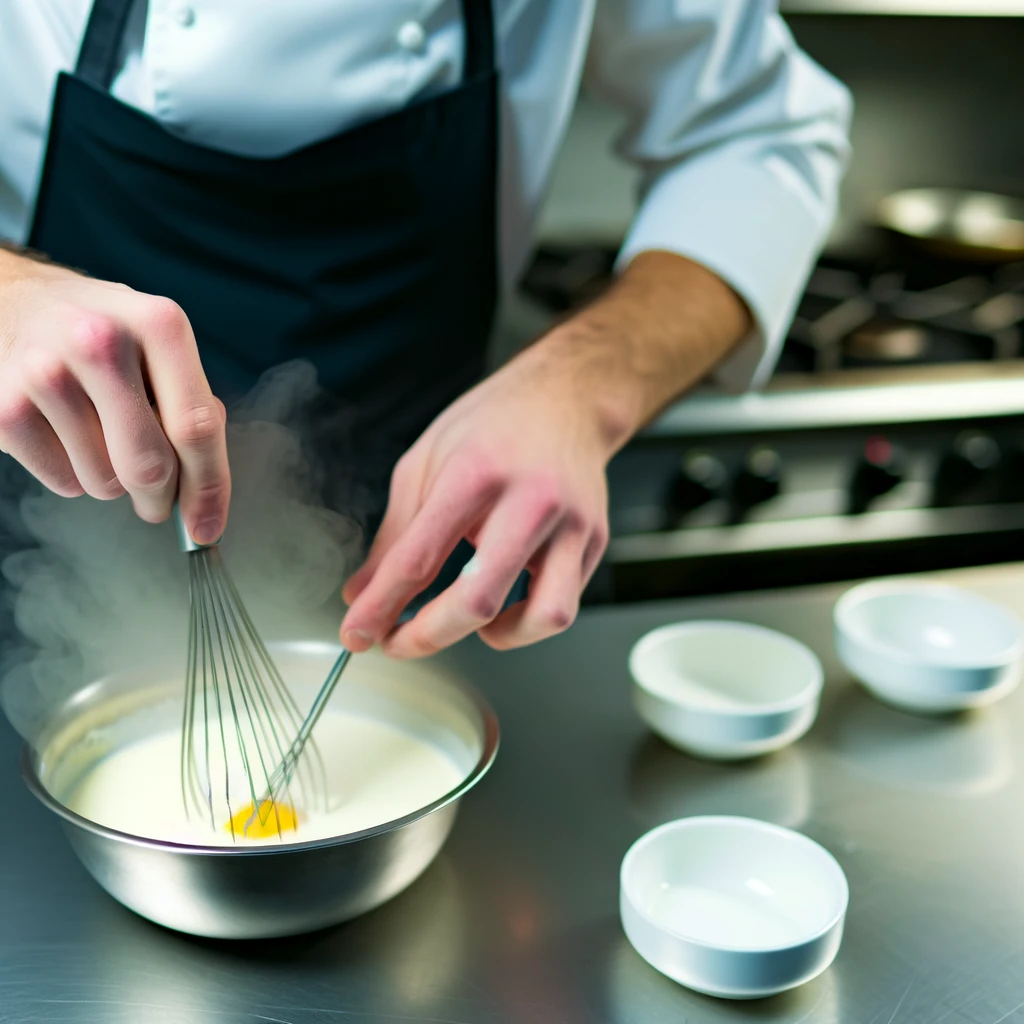
Setting and Chilling: Once the Bavarian cream mixture is prepared, it is poured into molds and chilled until set. Proper chilling allows the gelatin to firm up, giving the dessert its signature creamy texture.
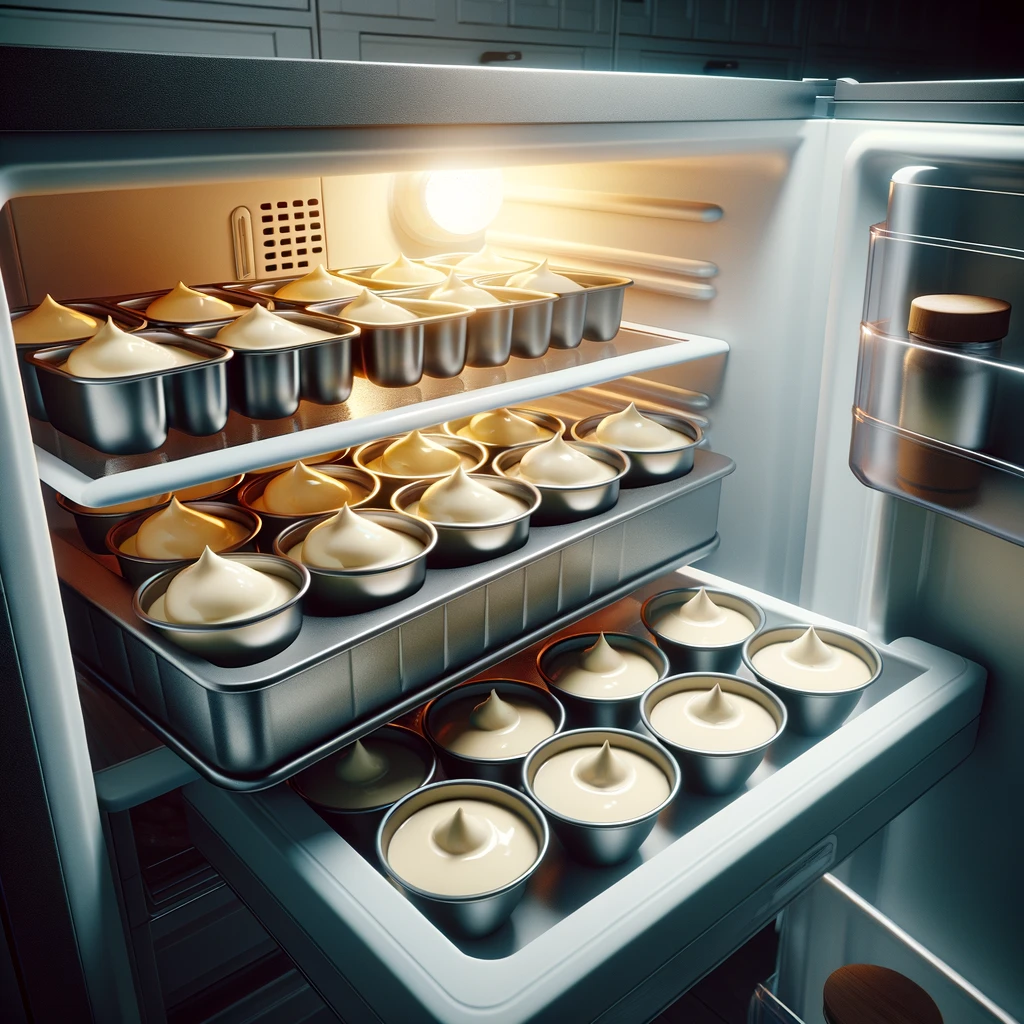
Conclusion
In conclusion, the journey of ingredients from the farm to your table plays a vital role in creating the exquisite taste and texture of Bavarian cream. By understanding the origins and sourcing of each component, you can truly appreciate the craftsmanship and artistry behind this timeless dessert.
FAQs
What’s the difference between Bavarian cream and custard?
While both Bavarian cream and custard are creamy desserts made from eggs, milk, and sugar, the key difference lies in the addition of gelatin in Bavarian cream, giving it a firmer texture compared to the smoother consistency of custard.
Why is it called Bavarian cream?
Despite its French origins, Bavarian cream is named after the Bavaria region of Germany, adding a touch of tradition and sophistication to this classic dessert.
What is a Bavarian cake made of?
Bavarian cake typically consists of layers of sponge cake or ladyfingers soaked in rum or flavored syrup, with Bavarian cream filling and topped with a layer of fruit or whipped cream.
Does Bavarian cream have alcohol?
Traditional Bavarian cream recipes do not include alcohol. However, some variations may incorporate liqueurs such as rum or Kirsch for added flavor.